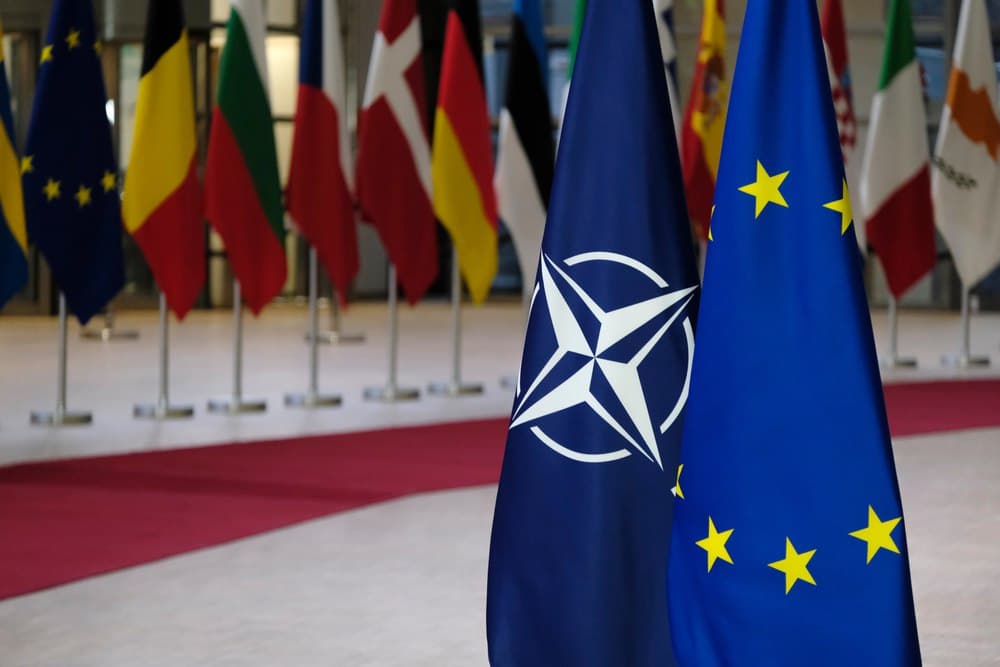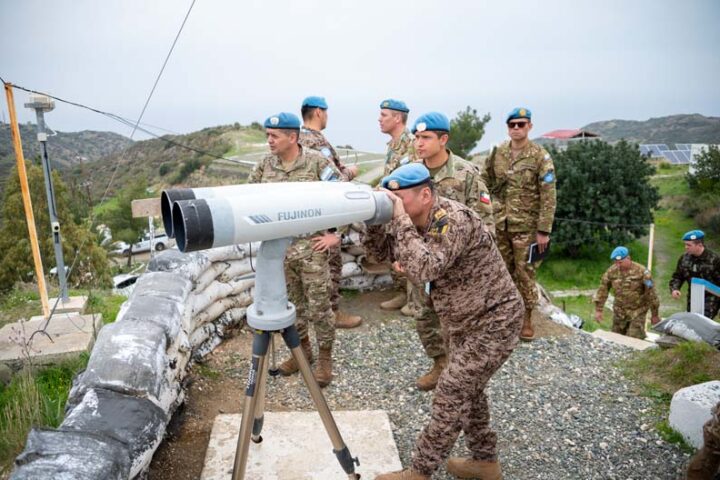Despite the reputation for underfunding their militaries, Finbold research found that EU countries increased their cumulative defense budgets by nearly 122% in the last ten years.
Specifically, the combined defense expenditure of the bloc’s nations stood at approximately $154.6 bln in 2014 and rose to about $342.8 bln in 2024.
By comparison, US spending on its armed forces increased 39% in the same timeframe, China’s by 75%, and Russia’s by an estimated 102%.
Simultaneously, the EU appears poised to increase the expenditure even more significantly, with the European Commission revealing a $841 bln plan to boost the Union’s defense capabilities.
Russia a major catalyst
During the last decade, the bloc’s decision to increase its military budgets appears most closely linked to the actions of the Russian Federation.
Prior to Russia’s seizure of Crimea and the beginning of the Russo-Ukrainian war in 2014, the EU’s defense spending was on a downtrend and fell 7.55% from a short-lived high of $167.21 bln in 2008 to $154.59 bln six years later.
The biggest spending increase was undertaken by Poland, whose armed forces were receiving 1.9% of the country’s GDP in 2014 – about $10.5 bln – that quadrupled to a staggering 4.67% in 2024 – $40 bln.
Simultaneously, both France and Germany have been increasing their defense budgets, with Germany committing $75.46 bln during the year, once the second tranche of special assets is included.
Though not all EU member nations are also part of NATO, the union has, on average, come close to meeting the alliance’s military spending target of 2% of GDP. Indeed, the proportion increased from 1.3% in 2014 to 1.9% in 2024.
If only the nations that are both part of the bloc and of the treaty organisation are included, the figure rises to 1.99%, per the data Finbold retrieved from the European Commission.
EU overshadows Russia and China
The increase in defense budgets simultaneously means that nations in the EU are, at least on paper, spending more on their militaries than Russia or China.
Furthermore, as Andreja Stojanovic, a co-author of the research, pointed out:
“Despite the relatively long history of the link between the EU’s military expenditures and the activity of its eastern neighbour, and the undeniable impact of the start of the Russo-Ukrainian war in 2014, the most dramatic catalyst for actual spending and public discourse came with the invasion of Ukraine in 2022.”
The EU is likely to pursue its defense expansion in the coming years as the recent developments in the US indicate that, at the very least, the bloc will have to reduce its dependence on America’s hard power.









